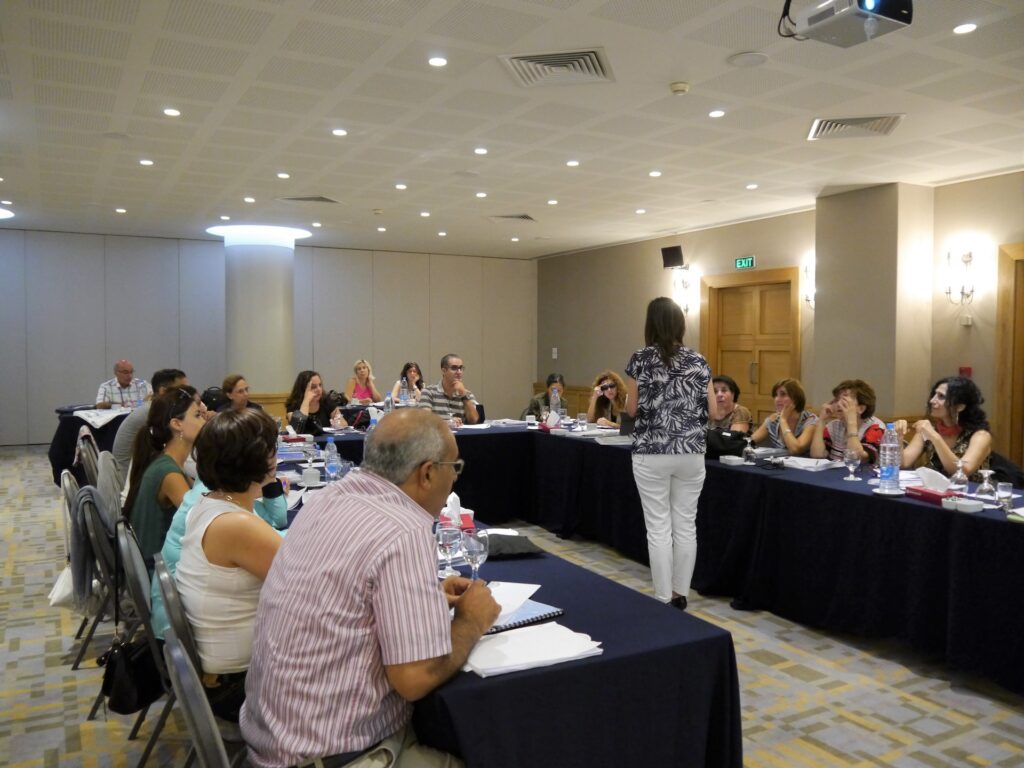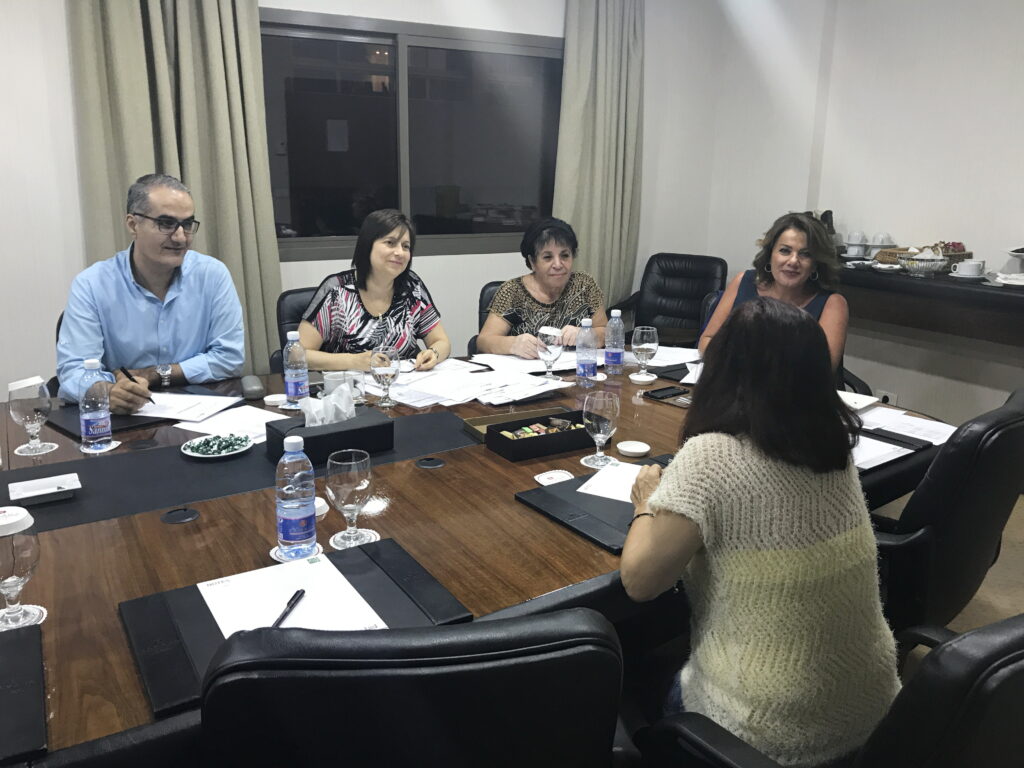Basic EMDR Therapy Training Course Overview
Program Description
Basic EMDR Therapy Training Course is designed for mental health practitioners who do psychotherapy for adults, adolescents, and children in a clinical setting (see Eligibility Requirement section). It provides the practitioners with the knowledge and skills of how to utilize EMDR; it also gives them a comprehensive understanding of case conceptualization and treatment planning, and on how to integrate EMDR into their clinical practice. This course involves instruction and actual practice for the participants.
The Basic EMDR Therapy Training Course is composed of Levels 1, 2, & 3 with a minimum of 15 hours of group consultation/supervision and 9 hours of individual consultation. It also has a field practicum where trainees should apply EMDR therapy to a total of 15 clients and 60 sessions of EMDR.
- 3 Workshops: each workshop has a minimum of 20-hour of instruction and practicum that are covered intensively in 4 or 5 days.
- Group consultation: 5 hours of group consultation is to be done after each workshop.
- Individual consultation: 3 hours of individual consultation to be done after each workshop.
- Practicum: A minimum of 5 clients with a total of 20 sessions using EMDR therapy after each workshop.
- Training Manuals: Manuals will be given to participants in each workshop. These manuals are developed by accredited EMDR Trainers and they follow the guidelines of EMDR training courses of Dr. Francine Shapiro.
- Required Reading: Participants will be required to read the textbook by Dr. Francine Shapiro: Shapiro, F. (2018). Eye Movement Desensitization and Reprocessing, Basic Principles, Protocols, and Procedures. (3rd ed.). New York: The Guilford Press.
- Upon the completion of the Basic EMDR Therapy Training course, a “Certificate of Completion” will be issued to participants from an accredited source.
N.B. Full Attendance is required. The “Certificate of Completion” will not be issued for those who miss any section of the workshops or any of the about mentioned requirements.


Part 1 - Learning Objectives:
The participant will:
- Identify 3 components of the EMDR Approach designed to provide effective treatment with clients.
- Describe 3 important existing research studies.
- Name the 8 phases of EMDR therapy for comprehensive treatment and how to implement the phases with clients.
- Identify the parameters treatable with EMDR therapy to safely and effectively implement EMDR therapy with clients.
- Describe 3 aspects of the AIP Model for effective case conceptualization and treatment planning.
- List 6 types of client complaints treatable with EMDR therapy.
- Describe the criteria for client selection and how to apply it to client cases.
- Describe 3 safety measures for effective and safe use of EMDR therapy.

Part 2 - Learning Objectives:
The participant will:
- Describe 3 strategies to identify and effectively resolve problem areas in the utilization of EMDR therapy.
- Describe procedures for closing down incomplete sessions.
- Describe 3 resources to use with difficult or resistant clients.
- Describe a treatment plan to choose and prioritize targets appropriate for EMDR treatment.
- Describe strategies for dealing with highly emotional responses.
- Explain what Cognitive Interweaves are and when to use them.
- Describe strategies for dealing with dissociative symptoms and phobias.
- Describe and apply Blind to Therapist protocol.
- Describe strategies to treat more complex trauma-related disorders.
- Describe and apply Flashforward protocol.
Part 3 - Learning Objectives:
The participant will:
- Explain different methods of using EMDR Therapy with addiction.
- Explain how to use EMDR Therapy with Major Depression and Obsessive-Compulsive Disorder.
- List the modifications to the Standard EMDR Protocol that can used with recent traumas.
- Describe EEI, EMD, REP, & R-TEP.
- Explain how to use EMDR as group therapy.
- Describe G-TEP & IGTP.
- Compare EMD, EMDr, & EMDR.
Eligibility Requirements
- The participant should have a Master’s degree or higher in psychology, counseling, or psychiatry.
- The participant should have a minimum of 2 years’ experience working as a therapist after the Master’s degree.
- The participant should have a license from the Lebanese Ministry of Public Health to practice as a clinical or educational psychologist or a psychiatrist.
- The participant should be currently working as a practitioner.
- The participant should pass the interview led by the Standards Committee.

Rules for Registration
When a date of the Basic EMDR Therapy Training Course is scheduled and announced, the practitioner who is interested in taking the training course is supposed to do the following:
- Fill the Application online.
- Upload Curriculum Vitae CV.
- Upload license to practice.
- Upload a scanned copy of the highest university degree.
- Upload a letter of reference or recommendation that proves that he/she has a minimum of 2 years of experience in therapy after the Master’s degree.
- Upload a scanned copy of the Identity Card or Passport.
The Standards Committee will review these documents and will assign an appointment to interview the applicant. After the interview, the Standards Committee will either accept or reject. Upon the approval, the applicant will receive information related to the method of payment.
Schedule of Next Basic EMDR Therapy Training Course
2024
